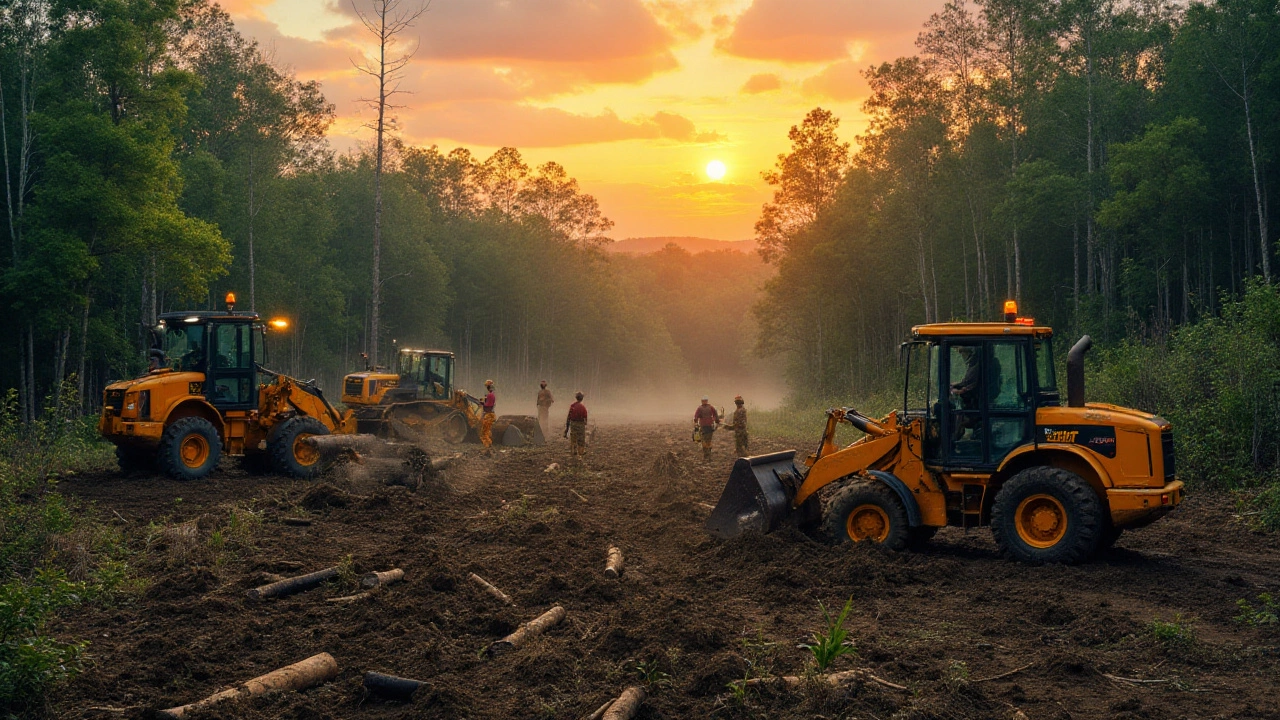NC Land Development: What You Need to Know
Thinking about turning a piece of North Carolina land into a housing project, commercial space, or mixed‑use development? You’re not alone. Many investors see NC as a sweet spot because of its growing job market, affordable land, and supportive local policies. But jumping in without a clear plan can bite you hard. This guide breaks down the why, the what, and the how so you can move forward with confidence.
Why NC Land Development Matters
North Carolina balances big‑city buzz with plenty of open space. Cities like Charlotte and Raleigh are booming, yet surrounding counties still offer land at prices far below the coastal metros. That mix creates demand for new homes, offices, and retail spots. Plus, the state’s zoning rules often favor smart growth, meaning approvals can be faster if you know the right steps. For a developer, that translates into quicker cash flow and better returns.
Key Steps to a Successful Development Project
1. Research the market. Look at local population trends, job growth, and what types of properties are scarce. A quick glance at recent sales and rental rates tells you whether apartments, single‑family homes, or industrial space will fetch the best price.
2. Check zoning and land use. County planning offices have maps and PDFs you can download. Make sure your intended use is allowed or that you can apply for a variance. This saves months of surprise down the line.
3. Do a feasibility study. crunch numbers on acquisition cost, grading, utilities, permitting, and construction. Include a buffer for unexpected fees—10‑15 % is a common safety net.
4. Secure financing early. Talk to local banks, credit unions, and even state‑backed loan programs. Many lenders in NC offer lower rates for projects that address affordable housing or green building standards.
5. Engage local professionals. A knowledgeable civil engineer, a land surveyor, and a reputable contractor who knows the county’s permitting timeline can keep your schedule on track. Their relationships with county officials often smooth out bureaucratic snags.
6. Plan for utilities. Connect to water, sewer, electricity, and internet early. In some rural areas, you may need to negotiate private well or septic solutions, which adds cost but is manageable with proper planning.
7. Market the project. Even before construction starts, line up real estate agents or use online platforms to gauge interest. Pre‑leasing or pre‑selling can lock in cash flow and reduce risk.
8. Monitor construction closely. Stay on top of timelines, change orders, and quality checks. Small delays can snowball into big budget overruns, especially when you’re dealing with seasonal weather in the NC mountains or coastal plains.
By following these steps, you turn a raw parcel into a profitable development. Remember, each county in North Carolina has its own quirks, so treat every project as a new puzzle. Stay curious, ask the right questions, and you’ll avoid the common pitfalls that trip up first‑time developers.
If you’re just getting started, consider teaming up with a local development firm for a pilot project. Their experience can teach you the ropes faster than trial and error. And once you’ve got one successful build under your belt, the rest gets easier. NC land development isn’t a mystery—it’s a series of clear, manageable moves. Ready to roll?





